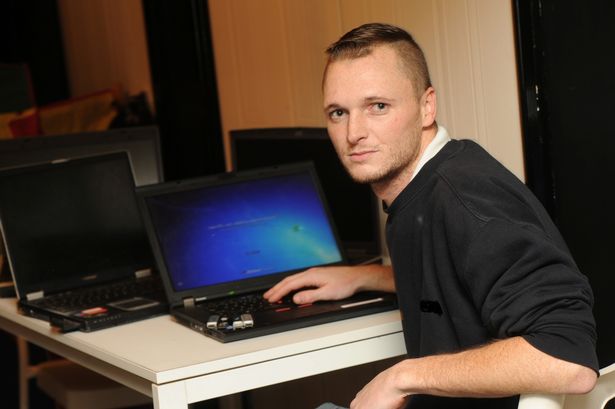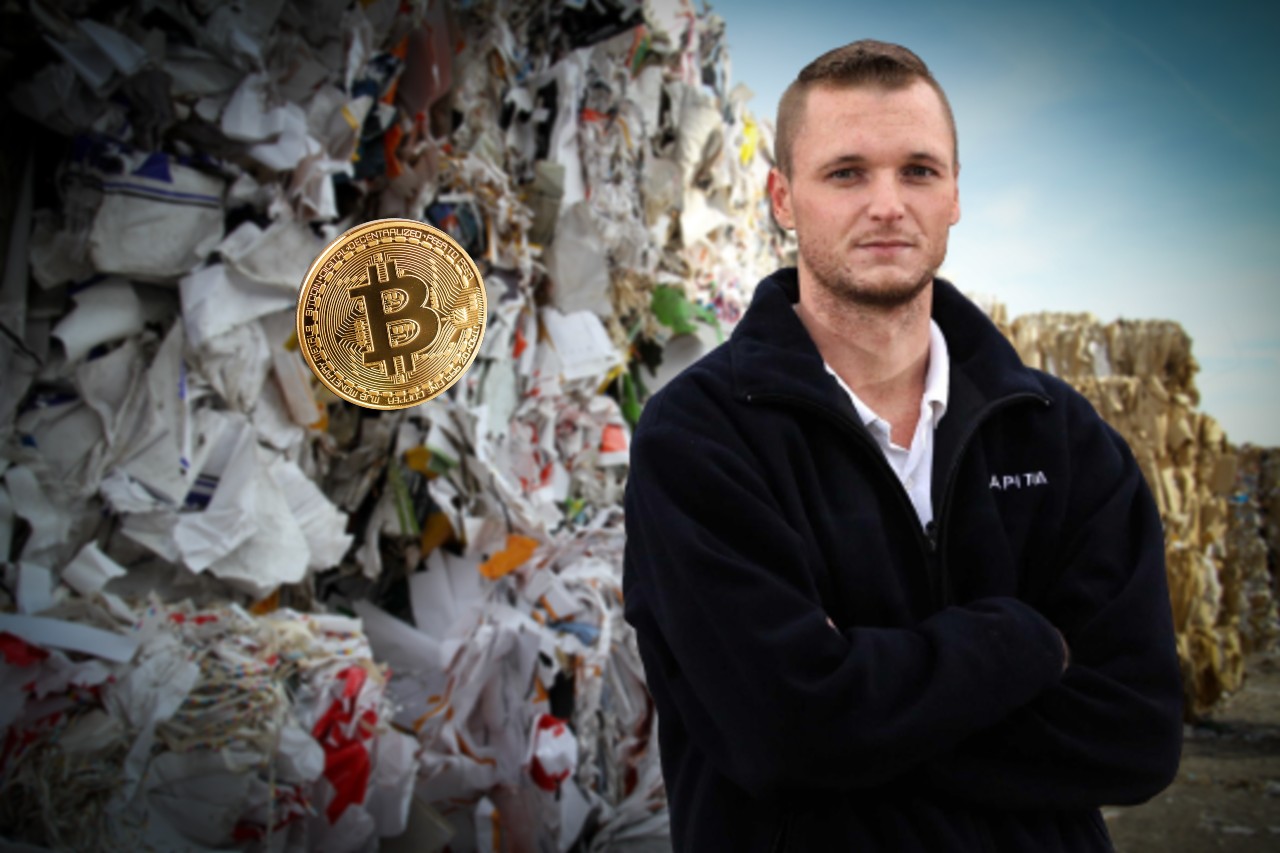James Howells, an IT worker and early adopter of Bitcoin from Newport, became famous in 2013 when he threw away a hard drive (HD) that contained 7,500 bitcoins and was then worth around 7.5 million dollars . Since then, the fortune has multiplied and, after several attempts to find the equipment, the Briton now has a new weapon: technology. For that, however, he will still need to convince the authorities.
In January 2021, with the price of bitcoin already above the $30,000 range and its hard drive valued at nearly 250 million, he even offered a $75 million reward to anyone who found it. But he was unsuccessful.
This time, according to British newspaper The Sun, Howells is betting on technology to find his lost fortune, which he believes is in a dump in Newport, Wales, where he lives. He reportedly contacted engineers, environmentalists and data recovery specialists from around the world to conduct a search with conveyor belts, X-ray scanning devices and artificial intelligence.
Mission in exchange for a share of the fortune in bitcoin
 The idea is to try to remove between 300,000 and 400,000 tons of junk to find the valuable hard drive. The operation would cost about $800,000, which Howells claims he got from a billion-dollar hedge fund willing to fund the mission in exchange for a share of the fortune contained in the lost hard drive.
The idea is to try to remove between 300,000 and 400,000 tons of junk to find the valuable hard drive. The operation would cost about $800,000, which Howells claims he got from a billion-dollar hedge fund willing to fund the mission in exchange for a share of the fortune contained in the lost hard drive.
“Basically what I’m saying to Newport council is if you allow me to search in a specific area, and I find it, I’m happy to give the people of Newport 25 per cent,” said James.
Newport officials, however, were not at all pleased with the idea, and rejected any possibility of approving the search for the equipment. They even refused the possibility of paying part of the amount if the HD was found.
The 35-year-old has spent the past eight years asking Newport City Council for permission to search his landfill for the lost hard drive.
“The idea is to do a professional search, not someone going into the dump with a bucket and shovel,” Howells told the publication. “It would be a delicate operation, because we can’t damage the equipment during the process. You can’t use a backhoe.”
“The cost of excavating, storing and treating the waste would be millions of pounds, with no guarantee that the equipment will be found or that it is working. We also explain several times that we don’t have a license to allow this type of excavation, which can cause enormous damage. environmental impact on their surroundings. Even if we could accept their request, there is still the question of who would pay these costs if the equipment were not found. We were already quite clear that we cannot help them with this issue,” said a spokeswoman of British authority.
James Howells reported that he mistakenly dumped the equipment while cleaning his office. If someone found the equipment, he couldn’t get rich on his own, since only he has the password to access bitcoins. However, when he offered the reward earlier in the year, he worried authorities about the possibility of causing a run on local landfills.
James Howells: “I’ve been mining intermittently for a few weeks”
James said he began mining Bitcoin – a process of earning Bitcoin that involves completing a computational puzzle needed to keep track of transactions on which the cryptocurrency is based – in February 2009.
As one of the first Bitcoin miners, James was able to use standard home computing equipment to complete the process. But Bitcoin was designed to increase the difficulty, or the amount of computing power needed, to profit from mining. “February 2009 is when I started,” he said.
“I was mining intermittently for a few weeks. Basically, what I would do is leave the machine running overnight while I was sleeping. Some nights it took four hours, or six hours, and I would estimate that the total time I was mining was less than a week. It was very easy to extract coins back then.”





